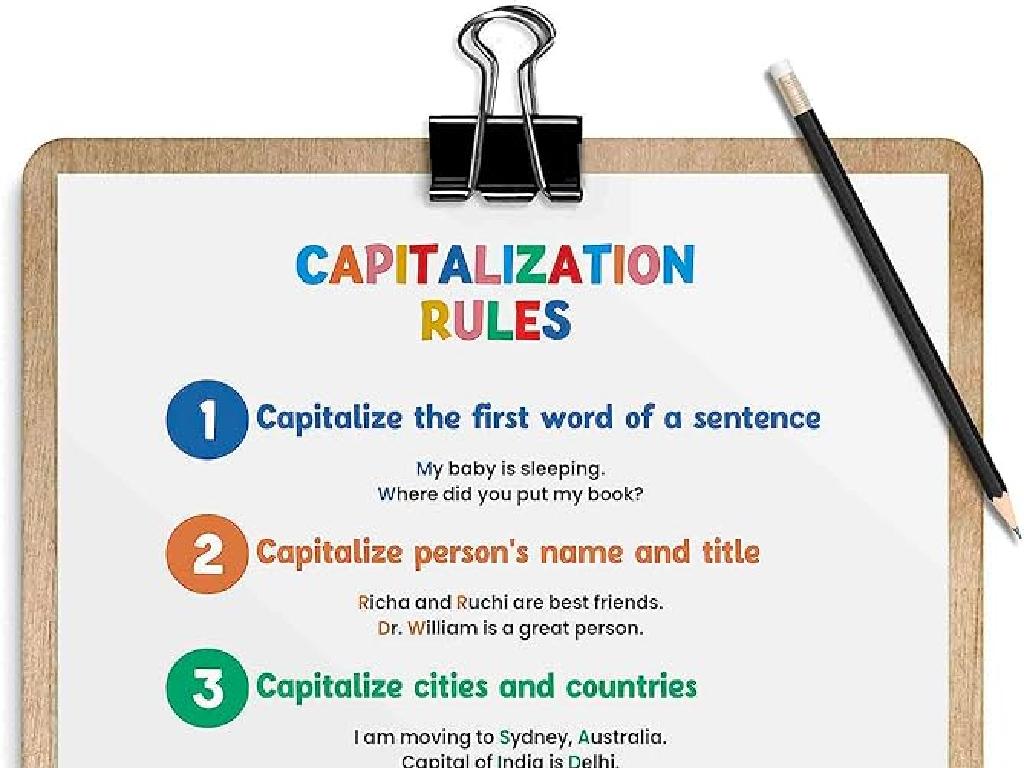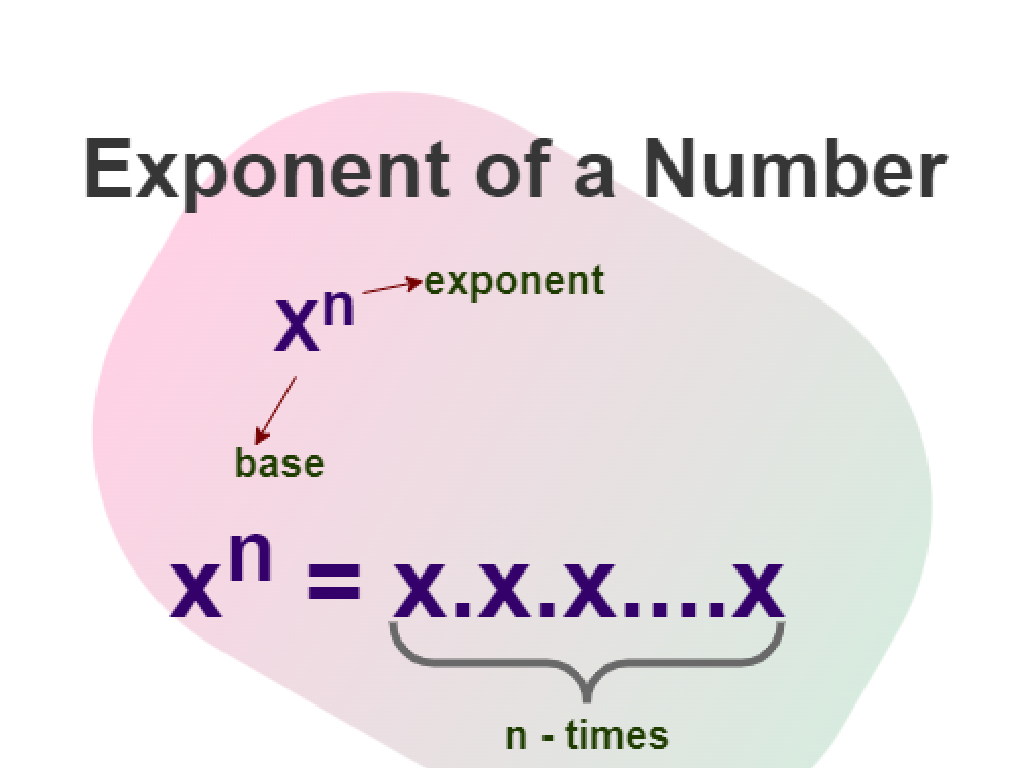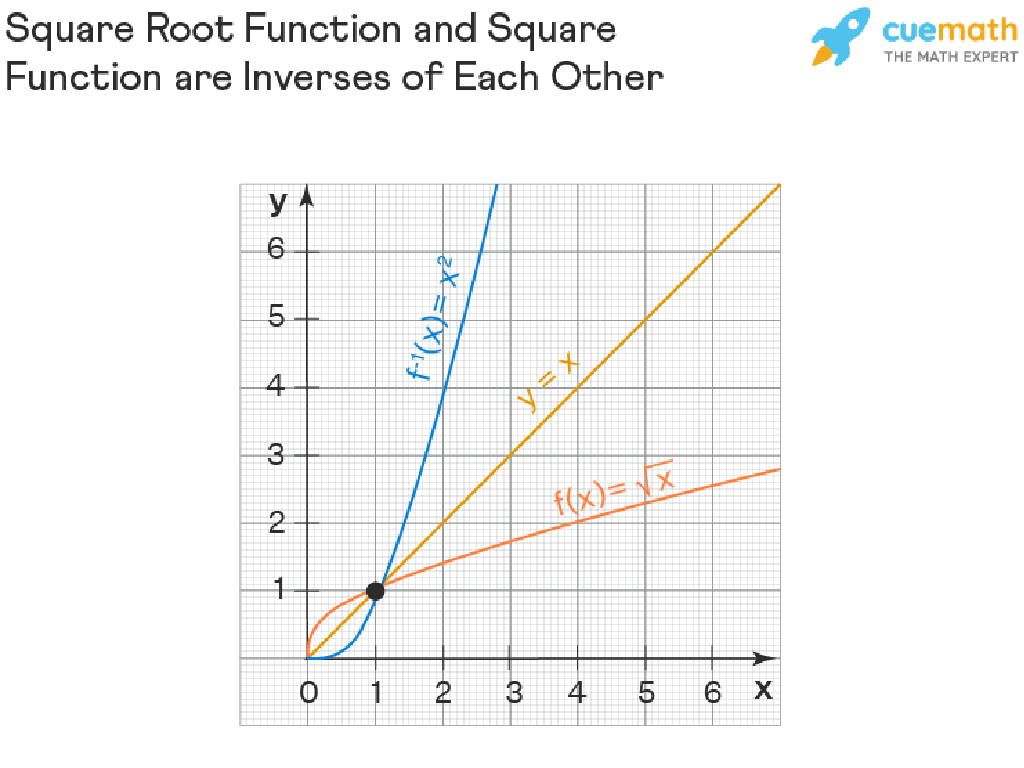Compare And Convert Customary Units
Subject: Math
Grade: Fifth grade
Topic: Customary Units Of Measurement
Please LOG IN to download the presentation. Access is available to registered users only.
View More Content
Introduction to Customary Units
– What are customary units?
– Customary units are used for measuring length, weight, and volume in the U.S.
– Importance of measurement
– Measuring helps us in daily life, like cooking or knowing how far to travel.
– Units for length: in, ft, yd, mi
– Inches, feet, yards, and miles measure how long or wide something is.
– Units for weight and volume
– Weight: ounces, pounds, tons. Volume: cups, pints, quarts, gallons.
|
This slide introduces students to the concept of customary units of measurement, which are primarily used in the United States. Explain that measurement is a way to describe the world using numbers, which is essential in many aspects of life, such as cooking, construction, and travel. Highlight the common units for length (inches, feet, yards, miles), weight (ounces, pounds, tons), and volume (cups, pints, quarts, gallons). Use relatable examples like the length of a pencil (inches), weight of a backpack (pounds), or the amount of liquid in a milk jug (gallons) to help students connect with the concepts. Encourage them to think of other examples where they use these units in their daily lives.
Understanding Customary Units of Length
– Inches to Feet: 12 inches = 1 foot
– Feet to Yards: 3 feet = 1 yard
– Yards to Miles: 1,760 yards = 1 mile
– Real-life unit applications
– Pencil length in inches, person’s height in feet, football field in yards, city distances in miles
|
This slide is aimed at helping fifth graders understand and visualize the relationship between different customary units of length. Start by explaining that 12 inches make up 1 foot, which is roughly the length of a ruler. Then, show that 3 feet make a yard, which can be compared to the width of a door. For a larger scale, 1,760 yards make up a mile, similar to the length of many city blocks or the distance between cities. Use relatable examples like the length of a pencil, the height of a classmate, the length of a football field, and the distance between two cities to provide a tangible context for these measurements. Encourage students to think of other examples and to practice converting between these units.
Understanding Weight: Ounces, Pounds, and Tons
– Learn ounces, pounds, and tons
– 16 ounces equal 1 pound
– For example, 32 ounces would be 2 pounds
– 2,000 pounds equal 1 ton
– That’s like converting 4,000 pounds to 2 tons
– Examples: bread, person, car
– A slice of bread (oz), a person (lbs), a small car (tons)
|
This slide introduces students to the customary units of weight commonly used in the United States. Start by explaining each unit of weight: ounces are small units ideal for measuring light items, pounds are standard for heavier objects, and tons are used for very heavy items. Use the conversion facts to show how these units relate to each other, with 16 ounces making up one pound and 2,000 pounds making up one ton. Provide relatable examples to help students visualize the concepts: a slice of bread can be measured in ounces, a person’s weight is typically given in pounds, and a small car’s weight is measured in tons. Encourage students to think of other examples and to practice converting between these units.
Understanding Volume: Cups, Pints, Quarts, Gallons
– Volume units for liquids
– Relationship: cups to pints
– 2 cups make up 1 pint
– Relationship: pints to quarts
– 2 pints make up 1 quart
– Relationship: quarts to gallons
– 4 quarts make up 1 gallon
|
This slide is aimed at helping fifth-grade students understand the different units of volume commonly used for liquids in the U.S. customary system. Start by explaining that volume measures how much space a liquid takes up. Then, discuss the relationships between cups, pints, quarts, and gallons, using everyday examples to make the concepts relatable. For instance, a glass of water can be measured in cups, a carton of milk in pints, a bottle of juice in quarts, and a car’s gas tank in gallons. Encourage students to visualize and remember the conversion rates by using the examples provided. In the next class, consider bringing in measuring cups and containers to give students hands-on experience with these conversions.
Converting Customary Units
– Steps to convert units
– Use multiplication to convert to a smaller unit, division for a larger unit.
– Multiply or divide for conversion
– Length (in, ft, yd, mi), Weight (oz, lb, ton), Volume (c, pt, qt, gal)
– Key conversion factors
– 12 inches = 1 foot, 3 feet = 1 yard, 1,760 yards = 1 mile; 16 ounces = 1 pound, 2,000 pounds = 1 ton; 2 cups = 1 pint, 4 cups = 1 quart
– Let’s practice conversion
– Convert 24 inches to feet by dividing by 12, 5 pounds to ounces by multiplying by 16
|
This slide introduces students to the concept of converting between different customary units of measurement. Emphasize the use of multiplication when converting to a smaller unit and division when converting to a larger unit. Highlight the importance of memorizing key conversion factors for length, weight, and volume. Provide a practice problem to apply these concepts: converting 24 inches to feet and 5 pounds to ounces. This will help students understand the practical application of conversion factors. Encourage students to solve these problems and check their understanding. For the practice problem, guide them through the process: 24 inches ÷ 12 = 2 feet, 5 pounds × 16 = 80 ounces. This reinforces the concept and prepares them for more complex conversions.
Class Activity: Measurement Scavenger Hunt
– Find items to measure in class
– Use various measuring tools
– Rulers for length, scales for weight, cups for volume
– Record measurements in units
– Inches, feet, ounces, pounds, cups, pints, etc.
– Share and discuss findings
|
This interactive activity is designed to help students understand and apply their knowledge of customary units of measurement in a practical setting. Provide a variety of measuring tools such as rulers, scales, and measuring cups. Students should look for items around the classroom that they can measure. Encourage them to record their measurements in different units, converting between units where necessary. For example, they might measure the length of a desk in both inches and feet, or the weight of a textbook in ounces and pounds. After the scavenger hunt, students will share their findings with the class, fostering a discussion about the different units and their conversions. This will help solidify their understanding of how to compare and convert within the customary system. Possible activities include measuring the height of a stack of books, the weight of a backpack, or the volume of a water bottle.
Conclusion: Mastering Customary Units
– Recap: length, weight, volume units
– Remember: inches, feet, yards, miles; ounces, pounds, tons; cups, pints, quarts, gallons
– Accurate measurement matters
– Precise measurement is crucial in recipes, construction, and science.
– Choosing the right unit
– Use inches/ounces for small items, yards/tons for larger items, and so on.
– Practice makes perfect
|
As we wrap up, let’s review the customary units for length, weight, and volume. It’s important to understand that accuracy in measurement is vital in many aspects of life, from cooking to building. Choosing the appropriate unit of measurement depends on the object or substance being measured. For small items, such as the width of a book, we use inches or ounces. For larger distances, like the length of a football field, we use yards or miles. Encourage students to practice by measuring items at home and deciding which unit is most appropriate. This will help solidify their understanding and improve their ability to compare and convert between units.






